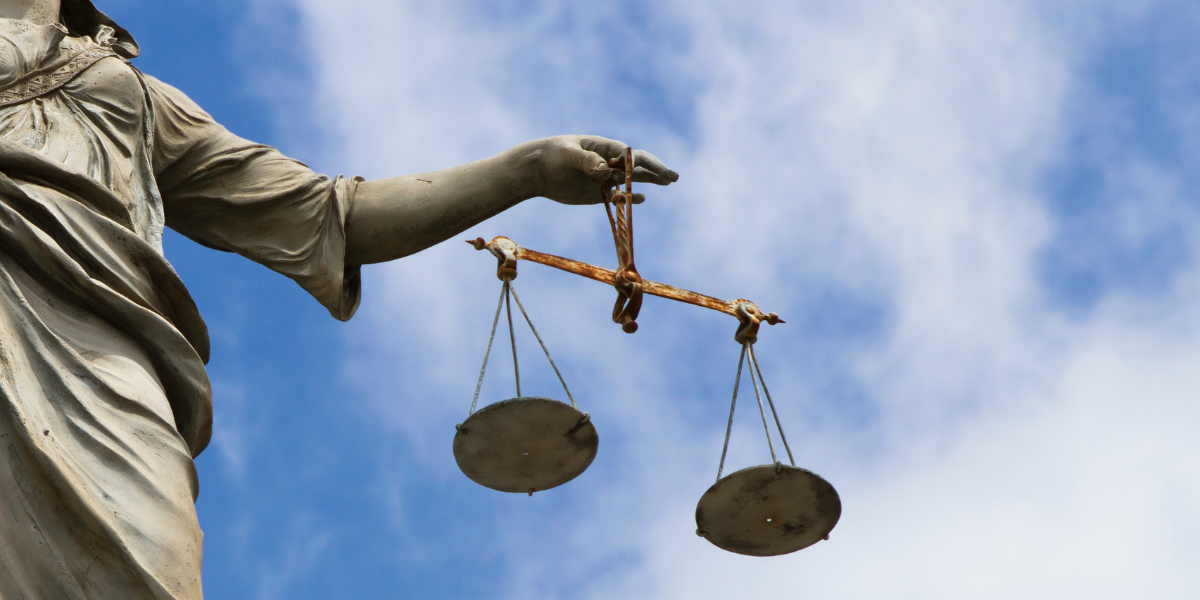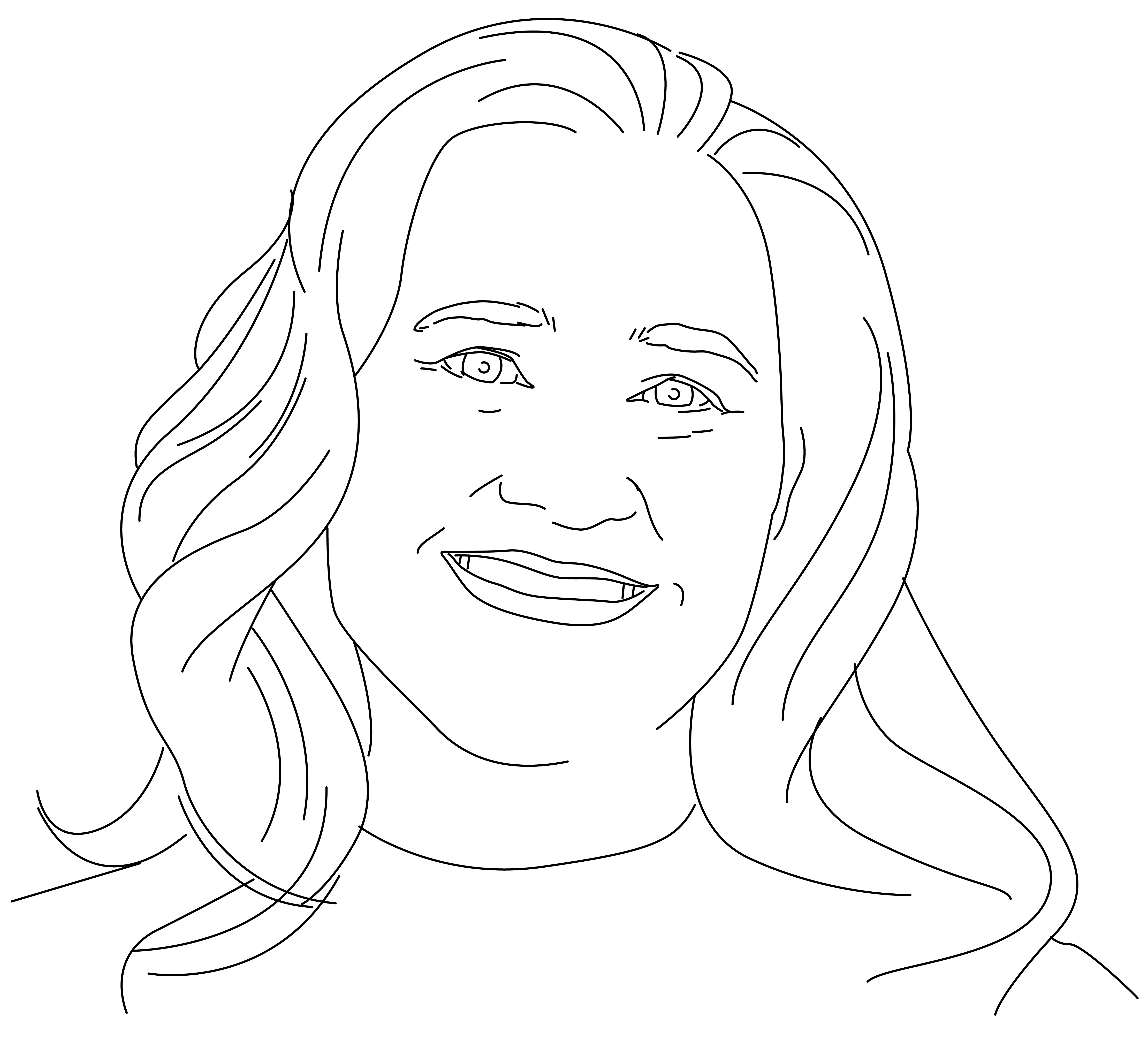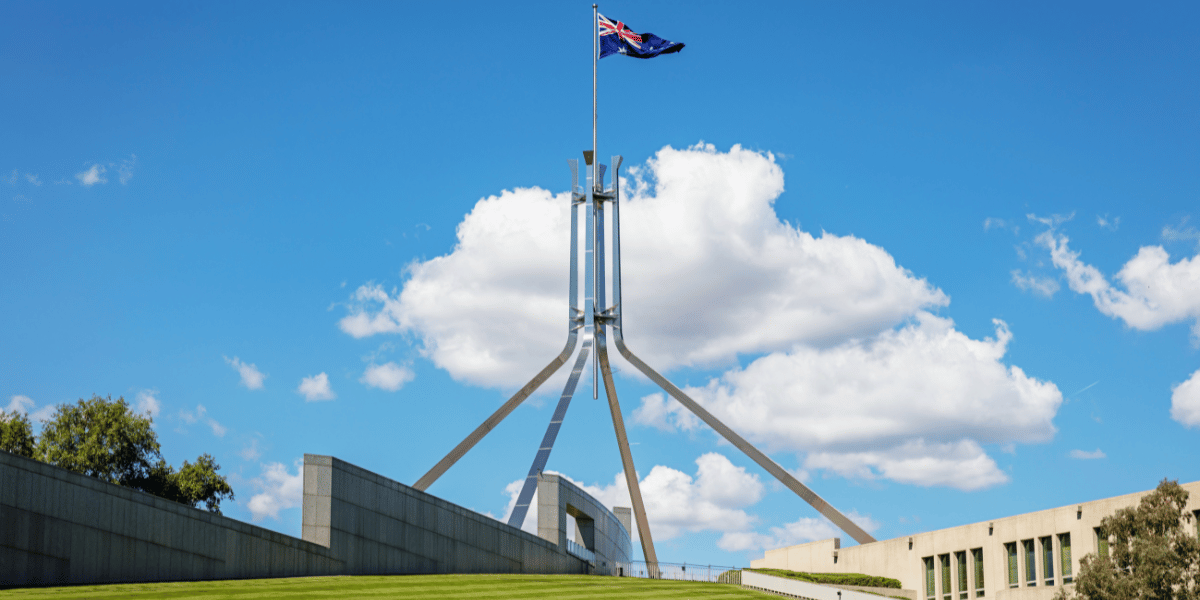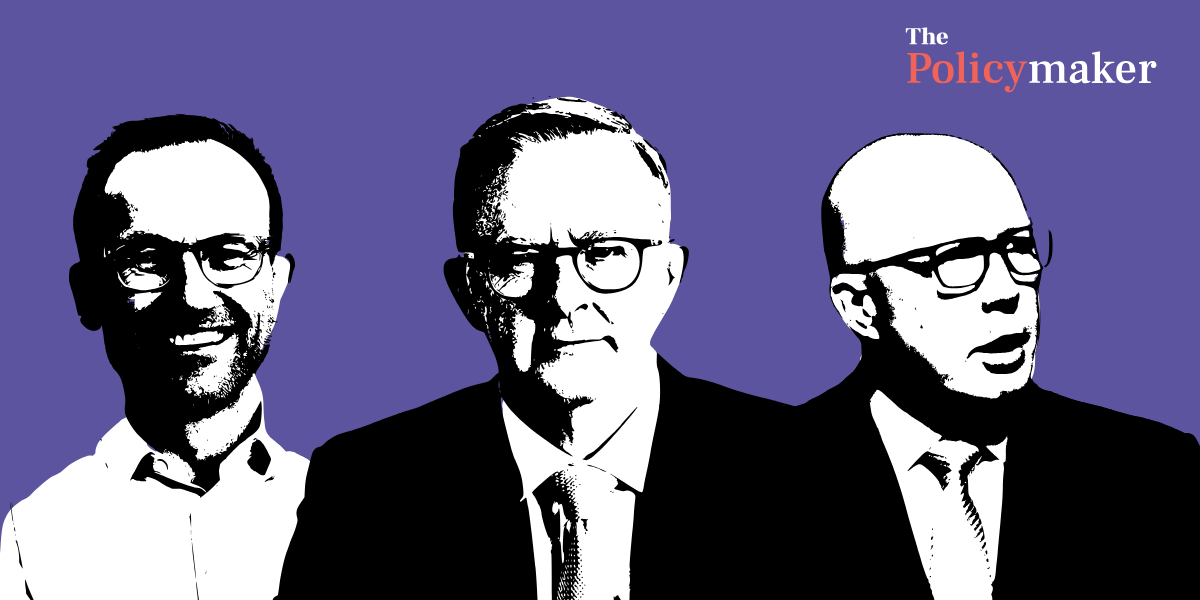It’s 32 years since the Royal Commission into Aboriginal Deaths in Custody. While progress has been slow – and in some cases retrograde – there is a path to better outcomes for Indigenous people if they are empowered to lead policy responses.
Note: Aboriginal and Torres Strait Islander readers are advised that people who are deceased are named in this article.
Australia’s sustained record of disproportionately high rates of Indigenous peoples throughout the criminal justice system is considered by many to be a breach of human rights. Indigenous communities encapsulated these issues in the Uluru Statement from the Heart, stating:
These issues have not gone unnoticed: extensive community activism has led to decades of reports, inquiries, and Royal Commissions. Although Indigenous people’s overrepresentation posed a deep policy challenge for government, it was not until 2020 that justice targets were introduced into Closing the Gap – the leading national Indigenous policy framework.
Criminal justice reform is one of those “wicked problems” – it involves complex systems with a lot of moving parts and a lot of individual discretion. By heeding lessons from criminal justice policy, as well as Indigenous policy, we can exceed the Closing the Gap justice targets.
Indigenous people, the criminal justice system and Closing the Gap
In 1983, Jinjibandji boy, John Pat, suffered extensive and brutal injuries at the hands of four intoxicated police officers. John died, aged 16. The police officers were acquitted.
Ninety-nine Indigenous people died in custody between 1980 and 1989. With little public reporting or accountability, the drive of community activism grew, resulting in the Royal Commission into Aboriginal Deaths in Custody (RCIADIC). A total of 339 recommendations were released in 1991. It’s findings and recommendations acknowledged the impact of past policies and reflected a need for policy to take a socially and culturally holistic approach across the entirety of the criminal justice system.
The Royal Commission is considered a watershed moment. It drove Indigenous justice issues into mainstream narratives and ignited a high volume of targeted research and service delivery. Many people use the Royal Commission as a baseline in their analyses. So, we know – that more than 30 years on – that at every point of contact in the criminal justice system, contact rates for Indigenous people have increased.
As a brief snapshot, Indigenous people make up 3.2 per cent of the Australian population – but comprise 32 per cent of the adult prison population and up to 50 per cent of the youth population in prison. Higher disparities are seen across the criminal justice system, from victimisation rates, police contact, child protection orders, court appearances, and community orders. Unfortunately, Senator and Yawuru man Pat Dodson still needs to remind the government that the “national disgrace” of deaths in custody is an issue, in 2023 – 32 years after RCIADIC.
The volume of content published on Indigenous peoples in the justice system is now so high that national reports on significant justice issues defer engagement in Indigenous issues, and explicitly exclude engaging in the “…important, yet complex, issues that are specific to the incarceration of Aboriginal and Torres Strait Islander people.”
Although there has been extensive work in the area, it was not until 2020, under the revamped Closing the Gap agenda, that justice targets allowed for a co-ordinated effort in addressing Indigenous peoples contact with the criminal justice system.
In the revamped agenda there are 17 targets across different social domains. Two targets that are highly relevant for justice outcomes include Target 10, aiming to reduce Indigenous adults’ incarceration by at least 15 per cent by 2031 and, Target 11, aiming to reduce Indigenous youth detention by at least 30 per cent by 2031.
The 17 targets will be met by following four priority areas:
- Formal partnerships and shared decision making
- Building the community-controlled sector
- Transforming government organisations
- Shared access to data information at a regional level
These targets and priorities should significantly change criminal justice practice in Australia.
One way we can break down our discussion of criminal justice policy is considering upstream and downstream strategies.
Upstream strategies
Upstream strategies focus on prevention rather than cure. In criminal justice, this would involve targeting issues that we know contribute to people’s contact with the justice system. These include accessible health, mental health and disability care, appropriate housing, quality education, availability of drug and alcohol support, employment opportunities and adequate financial support.
These upstream services were identified as a crucial area for improvement in RCIADIC. These services need to be tailored for Indigenous people – being culturally-informed, trauma-informed, and targeting specific cultural needs that get missed in mainstream services, such as healing services.
The four Closing the Gap priorities set out a blueprint for the mechanisms that can achieve this. Consequently, many criminal justice agencies will need to reset their approaches. In particular, criminal justice agencies are risk adverse and tend to limit shared responsibility in decision making, and access to data to make informed decisions.
There are numerous instances around the world where upstream approaches have led to meaningful change. Since 1994, Hawaii had successive projects to create a system of care for youth at risk of contact with corrections. Through ongoing and focused commitment, innovative approaches, and trauma-informed care, Hawaii had no girls in youth correctional facilities for a period in October 2022.
Closer to home, there have been successful justice reinvestment projects. Justice reinvestment is a strategy development in the United States that aimed to take money spent on prisons and instead “reinvest” it in social and physical infrastructure in high crime areas. Justice reinvestment was taken up in Australia with the specific aim of reducing Indigenous incarceration rates, in many cases showing significant success. Encouragingly, in 2023, the Commonwealth Government committed to expanding this approach.
A persistent challenge is capturing what is happening in monitoring and evaluation practices. Although Indigenous evaluation practices have come to the forefront, the inclusion of cultural outcomes and factors in published reports remains limited. For criminal justice evaluation, there is still a fixation on re-offending rates – overlooking these “upstream” successes. There is also a focus on “what works” and comparing Indigenous practices to non-Indigenous practices. In the current Closing the Gap framework, evaluations need to prioritise and report on the ongoing improvements of self-determination models.
Downstream strategies
One of the mechanisms of justice reinvestment that was not carried over from the United States was the level of buy-in from government, specifically in criminal justice policy reform.
It is here that we can describe downstream approaches. Downstream approaches include those practices and policies of the criminal justice system itself such as policing practices, sentencing practices, bail options, or access to rehabilitative opportunities.
RCIADIC also outlined downstream areas of reform. Many of these reforms have not been addressed, and unfortunately, this has led to preventable deaths in custody of both Indigenous and non-Indigenous people.
Again, it is through sustained activism that some of these recommendations were eventually enacted. We have seen this from families, such as the establishment of The Dhadjowa Foundation after the death of Yorta Yorta woman Tanya Day. The foundation successfully led to reforms of public drunkenness. We have also seen it in the work of community controlled organisations, such as the Victorian Aboriginal Legal Service in the current reform to bail laws. Media and youth have been vital, such as how documentary In My Blood It Runs led to 12-year old Dujuan Hoosan, an Arrernte Garrwa boy, presenting to the United Nations on the conditions of youth detention. Meanwhile, academia, has played a constructive role – such as the work of the Jumbunna Institute for Education and Research, which developed Call it Out, a tool to understand the extent of interpersonal and institutional racism.
The influence that “downstream” criminal justice policies will play in achieving the Closing the Gap justice targets cannot be overstated. Upstream services are crucial, however analyses have shown that it is not even crime rates that drive the number of people that are in prison – it is criminal justice policies.
For example, 2015 research mapped out trends in Australian prison populations from 1970 to 2014 to identify the main drivers of penal policy across four states. An overall trend was the increased punitiveness of these “downstream” policies, however the drivers of this trend were dependent on each state’s political, public, and media climates. These climates were fuelled by reactions to a serious – but rare – event. Although this research fell short on critiquing Indigenous trends, it did note that punitive responses affected Indigenous people at higher rates – even when Indigenous communities were not the target population of the reform.
Time and again we see criminal justice polices made in populist and reactionary environments. Decisions are not made based on empirical evidence, or ongoing system improvement, but rather to gain favour and votes, largely driven by punitive responses. Currently, we are seeing this play out in Queensland with reformed youth bail laws. As a stark contrast, one of the RCIADIC recommendations was for prison to be last resort; in Queensland, one of the reforms proposed by the state opposition is to specifically allow detention not to be a last resort.
We need to support Indigenous-led initiatives
The tricky point comes when we consider, who are the decision makers? Closing the Gap is a national framework, but criminal justice policies are predominately driven by the states. Without co-ordination – the river is going to reverse its flow – “downstream” decisions will increase the number of people in the criminal justice system, resulting in high demand and overload on “upstream” services. Under the new Closing the Gap strategies, what this will mean in practice is an overburdening of Indigenous community-controlled organisations, services, and communities. We have already seen this pattern in shifts to services in the New South Wales child protection system.
Problematic too have been the historically high expectations and short patience of governments in respect of Indigenous community-controlled organisations. As with dismantling of the Aboriginal and Torres Strait Islander Commission (ATSIC), where the impact was not immediate, the federal government was quick to announce failure and abandon the whole concept. If there are not immediate shifts in rates of contact with criminal justice system, the blame will be placed on Indigenous community-controlled organisations. The paternalism of government and the problematising of Indigenous people and Indigenous community-controlled organisations needs to end if we are to reduce Indigenous contact and incarceration rates.
We can exceed our justice targets with a multi-level approach, by thoughtfully applying both “upstream” and “downstream” strategies and reforms. It will require dedication at the local, state, and federal levels, as well as explicit and intentional aims.
Holistic, community-driven approaches – like justice reinvestment – are crucial to success. A core challenge will be reframing monitoring and evaluation practices. Culturally dependent outcomes and factors also need to be embedded throughout, with the overall aim of the ongoing improvement and strengthening of self-determination models.
We need to stem the impact of “downstream” criminal justice strategies. Indigenous people need to be the informers and drivers of criminal justice policy and are best placed to describe and formulate the policy responses required to achieve success. Governments need to let that happen.
Dr Krystal Lockwood is a Gumbaynggirr and Dunghutti woman from Armidale, New South Wales. She is a Lecturer in the School of Criminology and Criminal Justice at Griffith University.
Dr Heron Loban is a Torres Strait Islander woman with family connections to Mabuyag and Boigu. She has worked as an academic and lawyer and is currently the managing director of Mura Lagh, a First Nations consulting firm based in Brisbane.
This article is part of a hub published by The Policymaker to mark Closing the Gap Day on 16 March 2023.
Image credit: Pixabay













